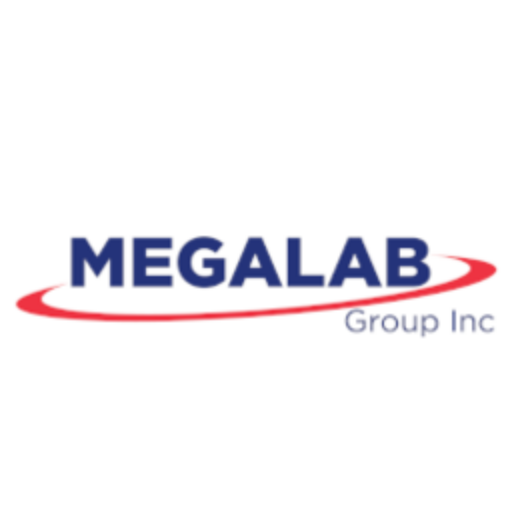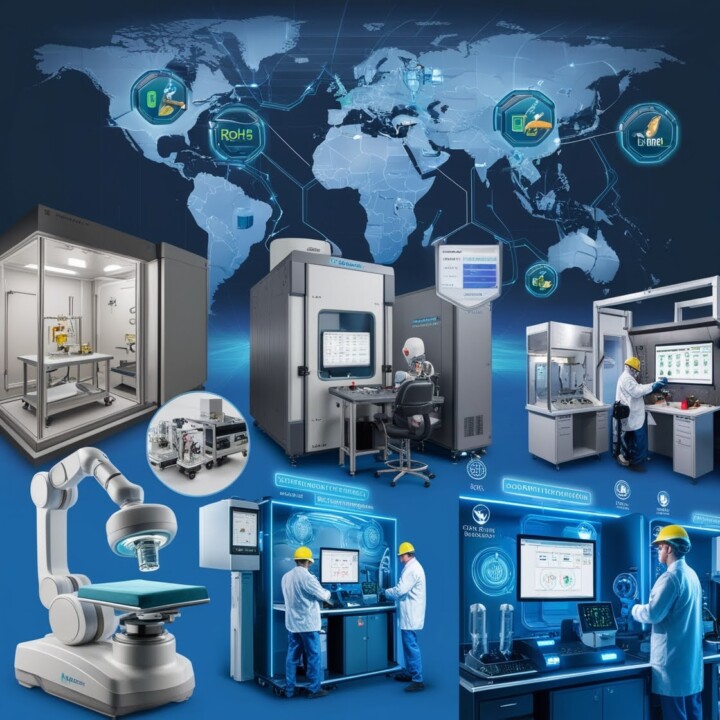IEC 61326-1 Compliance: What It Means for Your Laboratory Equipment and How to Achieve It
In today’s ever-evolving world of scientific advancements and technological breakthroughs, laboratories play a crucial role in driving innovation and pushing the boundaries of knowledge. However, operating a laboratory involves more than just cutting-edge equipment and brilliant minds. Compliance with industry standards is of paramount importance to ensure accuracy, reliability, and safety in laboratory operations.
One such standard that holds immense significance in the realm of laboratory equipment is IEC 61326-1. This standard, established by the International Electrotechnical Commission (IEC), sets forth the requirements for electrical equipment used in measurement, control, and laboratory use. In this comprehensive guide, we will delve into what IEC 61326-1 compliance means for your laboratory equipment and provide insights on how to achieve it effectively.
Understanding IEC 61326-1 Compliance
IEC 61326-1 compliance serves as a vital benchmark for laboratory equipment manufacturers, suppliers, and users across the globe. It ensures that the electrical equipment employed in laboratory environments meets the necessary standards for performance, safety, and electromagnetic compatibility (EMC). By adhering to these regulations, laboratories can maintain the integrity of their operations and minimize the risk of errors, malfunctions, and safety hazards.
Key Requirements for IEC 61326-1 Compliance
To achieve IEC 61326-1 compliance for your laboratory equipment, it is crucial to address specific key requirements outlined in the standard. Let’s explore these requirements in detail:
- EMC Testing: Electromagnetic compatibility testing is a fundamental aspect of IEC 61326-1 compliance. This testing ensures that your laboratory equipment does not emit excessive electromagnetic interference (EMI) and remains immune to external disturbances. Compliance with EMC standards guarantees the accurate functioning of your equipment while preventing interference with nearby devices.
- Documentation and Labeling: Comprehensive documentation and proper labeling are crucial aspects of IEC 61326-1 compliance. This entails providing clear instructions for equipment installation, operation, and maintenance. Additionally, labeling should include essential information such as equipment ratings, manufacturer details, and safety warnings. Effective documentation and labeling help users understand and operate the equipment correctly, promoting overall safety and reliability.
- Performance Verification: IEC 61326-1 requires laboratories to conduct performance verification tests to ensure their equipment meets the specified performance criteria. These tests evaluate parameters such as accuracy, precision, sensitivity, and response time. By regularly verifying equipment performance, laboratories can maintain the quality and reliability of their measurements, leading to precise and consistent results.
How to Achieve IEC 61326-1 Compliance
While achieving IEC 61326-1 compliance may seem like a daunting task, it can be accomplished effectively by following a systematic approach. Here are some essential steps to help you navigate the compliance process:
Familiarize Yourself with the Standard: Begin by thoroughly studying the IEC 61326-1 standard and gaining a clear understanding of its requirements. Familiarize yourself with the terminology, technical specifications, and compliance guidelines outlined in the standard document.
Assess Your Current Equipment: Conduct a comprehensive assessment of your existing laboratory equipment to identify any gaps in compliance. Determine which aspects of the standard are already met and pinpoint areas that require improvement or modifications.
Consult with Experts: Seek guidance from experts in the field of laboratory equipment compliance. Experienced professionals can provide valuable insights and recommendations tailored to your specific needs. They can assist you in interpreting the standard, conducting necessary tests, and implementing compliant solutions.
Design and Implement Compliance Strategies: Develop a detailed plan to address the compliance requirements identified during the assessment phase. This may involve redesigning equipment, incorporating additional safety features, or modifying existing processes. Ensure that your strategies align with the specific requirements of IEC 61326-1.
Conduct Rigorous Testing: Perform thorough testing and verification procedures to validate compliance with the standard. Collaborate with accredited testing laboratories to conduct EMC testing, safety evaluations, and performance verifications. Document the test results and maintain detailed records for future reference.
Continuous Monitoring and Maintenance: Achieving IEC 61326-1 compliance is not a one-time task. It requires continuous monitoring and maintenance of your laboratory equipment. Implement a robust system for periodic equipment inspections, calibrations, and performance evaluations. Stay updated with the latest revisions of the standard and ensure your equipment remains compliant over time.
Conclusion
By following these steps and prioritizing IEC 61326-1 compliance, you can enhance the reliability, accuracy, and safety of your laboratory equipment. This, in turn, enables you to maintain a competitive edge, foster trust among stakeholders, and elevate the overall quality of your research and testing processes.
Got a Question?
We’re here to answer your questions and help you get started right away. Call or send us a message anytime.

Megalab Group
Megalab offers ISO 17025 A2LA Accredited, EMC, Product Safety, Mechanical & Laboratory Testing Services. Megalab Group Inc. and its team are committed to meet and exceed our customers’ expectations as an industry leader in environmental and related regulatory testing services, through constant business improvement while upholding the highest integrity and quality in standards of all services we provide.
Learn more at www.megalabinc.com


